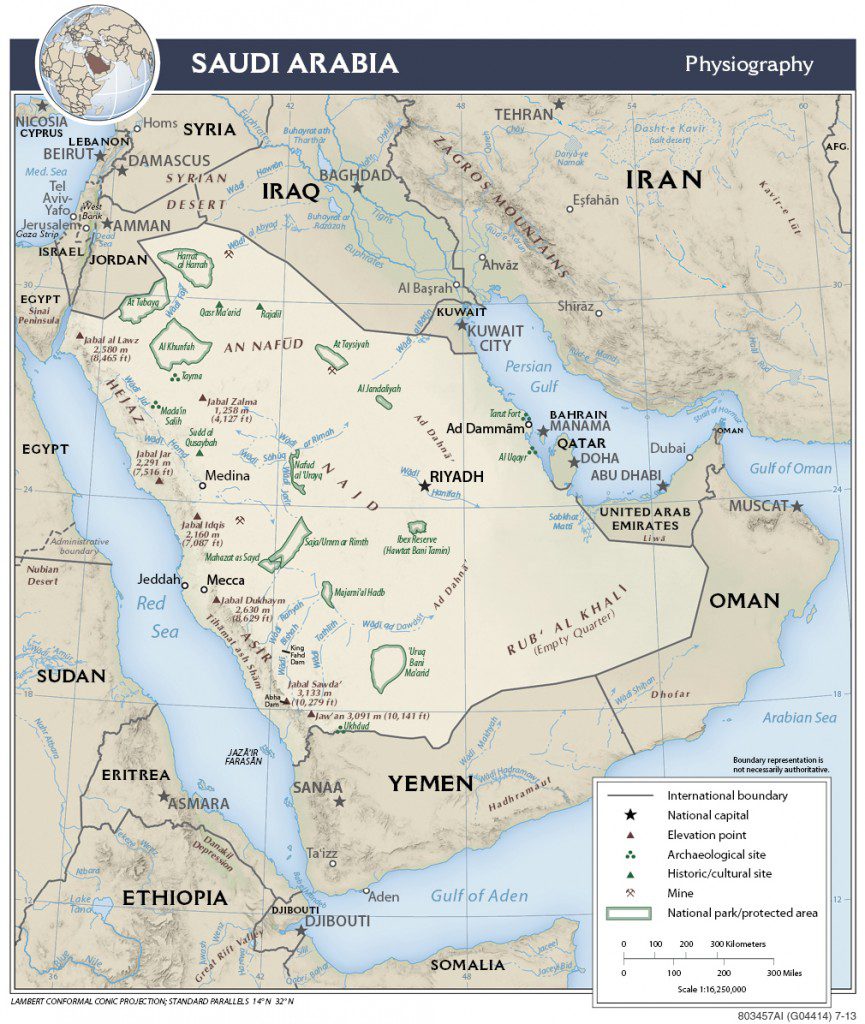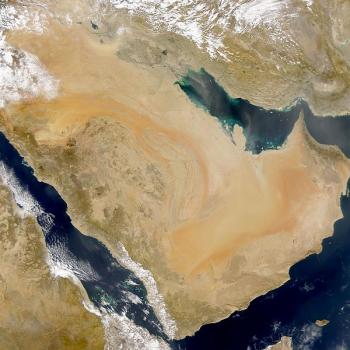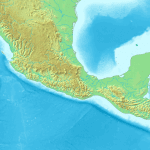
(Wikimedia Commons public domain image)
Notes taken from, and/or inspired by, a reading of Gordon Darnell Newby, A History of the Jews of Arabia: From Ancient Times to Their Eclipse under Islam (Columbia, SC: University of South Carolina Press, 1988), 10-11:
The Via Odorifera (the Fragrant Highway) brought not only the Arabian aromatics; it was the conduit for trade goods from Asia and Africa. At times, as during the period of Hellenistic ascendancy, for example, these goods were borne on ships up the Red Sea, but that waterway is treacherous, as the numerous shipwrecks, both ancient and modern, will testify. The domestication of the camel (Camelus dromedarius) and the development of the “North Arabian camel saddle” meant that goods could be transported by “ships of the desert.”
The “Fragrant Highway” seems to be the route taken by Lehi and his party from Jerusalem through Arabia to the land of Bountiful, which was probably located in modern-day Oman. The domestication of camels in the region, incidentally, had occurred well before the time of Lehi.
The trade routes for the aromatics and eastern goods generally went around the perimeter of Arabia, skirting the empty desert areas, starting in the eastern part of the peninsula in modern Oman and proceeding along the southern edge to modern Yemen, picking up goods on the way, and then north along the western edge to end up in Syria or Egypt.
Lehi’s party, of course, would have gone the opposite direction, from Jerusalem (in “Greater Syria”) by Yemen to Oman.
The domestication of the camel also brought about a profound change in Arabian society. The camel became not only the pack animal of choice; it was also the main means of military transportation. There were few roads in the Arabian desert, and these would often become covered with sand. For the camels, this was ideal; it covered the stones that would hurt their tender feet. For wheeled vehicles, chariots and the like, it meant that the land was impassable. Camel cavalry was mobile and well adapted to the environment.
It was the difficult remoteness of Arabia that made it an excellent place of refuge and that may have encouraged Lehi to choose it. Besides, the Assyrians and Babylonians always came from the north — to the west of Palestine was the sea, to its east was a forbidding desert, and their only realistic means of approaching from the south would have required them to first cross the Nafud Desert — so it made sense for someone trying to get out of their way to go roughly southward.












